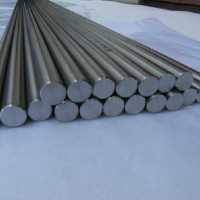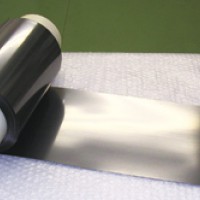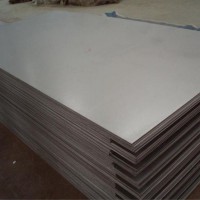Titanium
Titanium is a metallic element, gray, atomic number 22, and relative atomic mass 47.87. Can be combusted in nitrogen, high melting point. Blunt titanium and titanium-based alloy is a new type of structural material, mainly used in the aerospace industry and marine industry.
The titanium density of 4.506-4.516 g / cc (20 ° C), higher than aluminum rather than iron, copper, nickel. But the ratio of strength at the first of the metal, which is three times that of stainless steel, the aluminum alloy is 1.3 times. M.p. 1668 ± 4 ° C, the melting latent heat of 3.7-5.0 kcal / gram atom, the boiling point of 3260 ± 20 ° C, latent heat of vaporization 102.5-112.5 kcal / g-atom, and a critical temperature of 4350 ° C, the critical pressure of 1130 atm.
Poor thermal and electrical conductivity properties of titanium, approximation, or slightly lower than stainless steel, titanium, with superconductivity, the titanium superconducting critical temperature of 0.38-0.4K. At 25 ¡æ, the titanium heat capacity of 0.126 Cal / gram atom · deg, the enthalpy of 1149 calories / gram atom, the entropy of 7.33 calories / gram atom · deg, metallic titanium is a paramagnetic material, the magnetic permeability of 1.00004.
Titanium has plasticity, the pure titanium elongation of up to 50-60%, the section shrinkage of up to 70-80%, but the intensity is low, are not suitable for structural materials. Titanium in the presence of impurities, a great impact on its mechanical properties, particularly interstitial impurities (oxygen, nitrogen, and carbon) can greatly enhance the strength of titanium, significantly reducing its plasticity. Titanium ingot as a structural material has good mechanical properties, that is, by strictly controlling the appropriate impurities and alloying elements to achieve.








